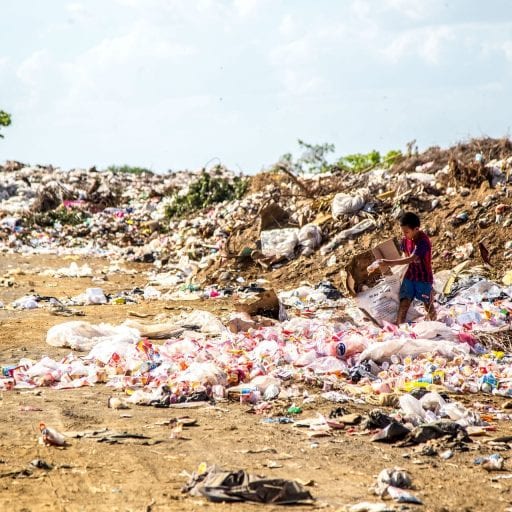Emily Baker, Brian Brooks, Jacob Fisher, Elise Smutko
Professor San Martin
HI 2400
2 November 2018
Chapter 1, “Environmentalism and Social Justice”
This chapter is an extract from the book “Dumping Dixie”, written by Robert D. Bullard. Chapter 1, “Environmental and Social Justice” focuses on the correlation between the abundance of pollution in poorer areas and considers what those causes might be. Bullard is a sociologist, civil rights and environmental justice activist, known as the father of environmental justice.
He also was a professor of sociology and director of the environmental justice resource center at Clark University, a distinguished professor at Texas Southern University and Dean of the Barbara Jordan – Mickey Leland School of Public Affairs.
The environmentalism and social justice movements are the largest of our time, as the world faces the truth of the human race’s footprint around the world even in our own populations. In Robert Bullard’s “Dumping In Dixie”, the author explores the correlation between recent environmentalism emergence in the US and the social justice brought before us as a result. Bullard shows how the black communities are often affected by local environmental problems as they have had discrimination in the past due to housing markets, limited incomes, and even what Bullard calls “environmental elitism”.
Policies created in the past for landfill and waste dumping in certain areas have caused an overwhelming uprising in poor communities in the United States as the communities are directly affected with the toxic chemicals and waste. Bullard claims these often entirely black communities have very little say due to these policies and names four factors in particular. Bullard states “Housing is a classic examples of this persistent problem. Residential options available to blacks have been shaped largely by 1.) federal housing policies, 2.) institutional and individual discrimination in housing markets, 3.) geographic changs that have taken place in the nation’s urban centers and , 4.) limited incomes.”(Bullard p.6) This shows the many ways the United States government and market has discriminated against these poor, black communities and used them as a trash can creating policies they cannot fight in order to dump their own waste in someone else’s backyard, and in doing so the acronym PIBBY came about which stands for “Place in black’s backyard”. This policy empowerment Bullard coined as “environmental elitism” which there were three types of “impact elitism”, “compositional elitism”, and “ ideological elitism”(Bullard, p. 9) which all benefited environmentalists agenda but at the cost of the communities who they would tax and use for their projects. This forced black communities to find jobs and being desperate they even took health threatening jobs so they would not be unemployed and be able to fight of the federal power the many agencies had over them. To combat these agencies the “black communities beginning to initiate actions against industries and governments agencies” ( Bullard p. 15-16) which included protests, and political pressure amongst other things bringing the immense affects these agencies and corporations had on the minority communities across the nation.
This chapter can be compared to the landmark book of the biologist Rachel Carson, Silent Spring, that started the environmental movement in Western countries. She uncovered the detrimental impact of DDT, a widely used pesticide that caused tumors and seizures in humans. In the 1960’s DuPont was able to freely use DDT on crops in order to control insect populations. After the publication of Silent Spring, the public was empowered with knowledge of its harmful side effects. Because of her research, there was a successful campaign to ban the widespread use of DDT. A comparison can be drawn to Bullard Chapter 1, page 7 where the author discusses the air and water pollution primarily found in urban areas. There is little city regulation on how this pollution is distributed, but there is an abundance of evidence that shows it disproportionately hurts that city’s poorer residents. Before DDT was banned, it was broadly used by careless companies. It only took a single individual to bring awareness to the harm DDT inflicted upon unknowing people. Maybe another individual could find inspiration in Rachel Carson and bring awareness to the high levels of population in poorer areas of cities like Houston, Texas. If thousands of people understand this blatant discrimination, change might be catalyzed.
The chapter states that communities of color in the United States are forced into the dirtier parts of their towns because they can only afford to live in conditions of poverty and have a high rate of unemployment. Because of this, communities of color are existing in ares with massive amounts of pollution and have no way to fight back this systematic racism. Some questions that complement this chapter’s conclusions are:
- In what ways can black communities fight against the the conditions that they are forced to live in?
- Can the strategies used in the civil rights movement be adapted to help provide momentum to environmental activist movements?
- Do communities of color have the required skills to possess and sustain an environmental equity protest movement in communities of color?
Work Cited
Bullard, Robert D. Dumping in Dixie Race, Class, and Environmental Quality, Third Edition. Routledge, 2018.
